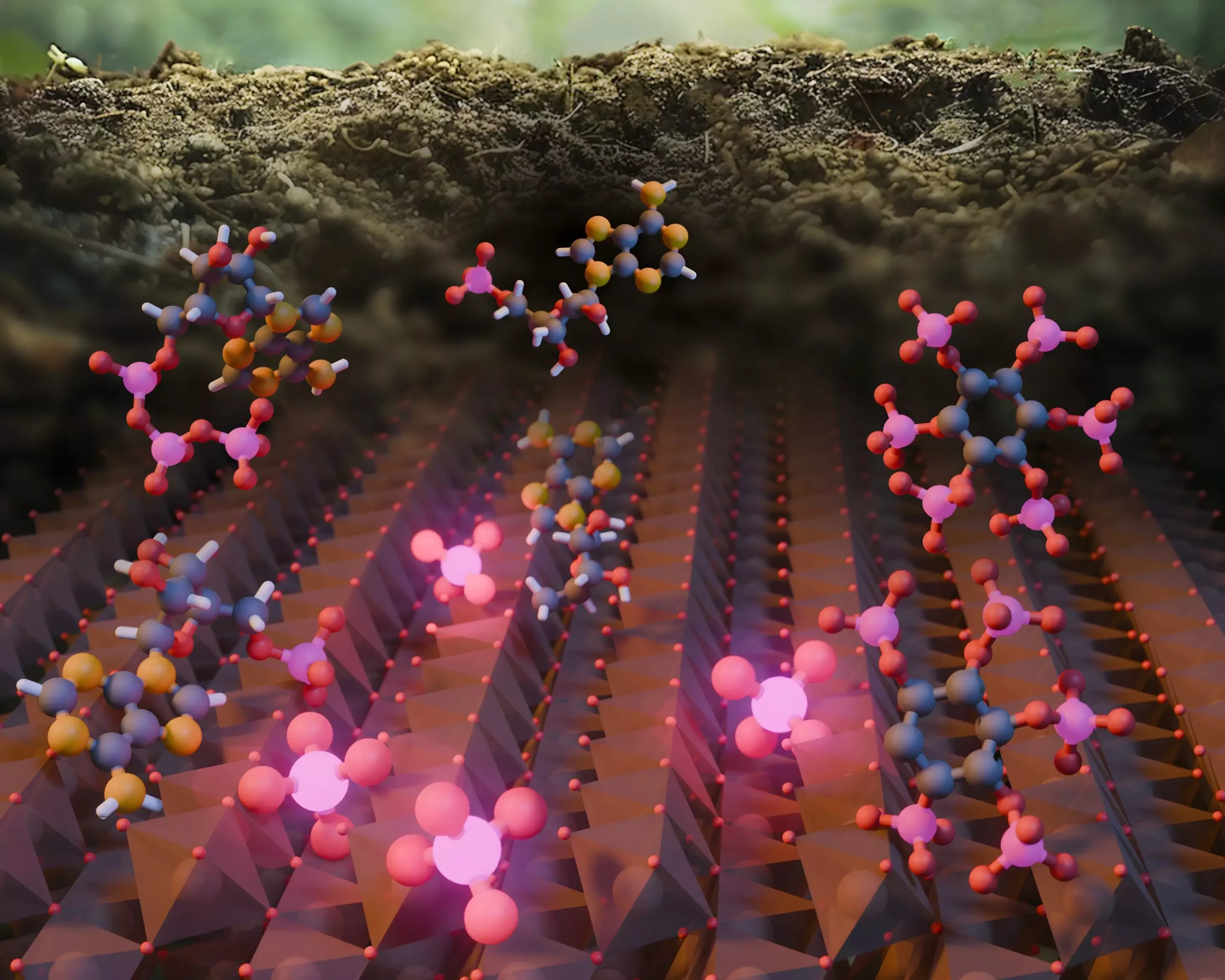Phosphorus stands as a cornerstone of agricultural productivity, yet its cycling within ecosystems remains an underexplored mystery. Researchers, led by a team at Northwestern University, have turned the traditional narrative of the phosphorus cycle on its head, revealing that inorganic phosphorus — the form crucial for plant growth — can be recycled not only by biological processes but also through minerals. This groundbreaking discovery underscores an urgent imperative: the need to radically rethink how we approach nutrient sustainability in agriculture, especially as global food demands increase.
The Forgotten Players in the Phosphorus Cycle
Historically, our understanding of phosphorus has centered around enzymatic actions performed by plants and microbes. Conventional wisdom held that only these biological catalysts could convert organic phosphorus — predominantly found in decaying vegetation and microbial debris — into forms that plants can readily absorb. The relentless pressure on phosphorus sources, primarily derived from finite mining operations, prompted researchers to seek alternative pathways for phosphorus recycling. The new findings highlight iron oxides, widespread minerals in soils, as equally capable of facilitating this vital transformation. This shift not only opens up new avenues for improving fertilizer efficiency but also prompts critical reflection on our agricultural systems’ dependency on mined phosphorus.
Research Insights: An Unexpected Revelation
The research, which recently appeared in *Nature Communications*, offers compelling evidence that iron oxide minerals can recycle phosphorus at rates that rival biological enzymes. This revelation arose from meticulous laboratory studies examining the interactions between phosphorus and iron oxide in soils. Rather than merely serving as passive observers in the nutrient cycle, iron oxides play a proactive role by acting as catalysts. By employing advanced techniques, including X-ray imaging at the Stanford Synchrotron Radiation Lightsource, the team led by Ludmilla Aristilde uncovered that a significant portion of inorganic phosphorus remains bound to the surface of iron oxides rather than being fully released into the solution.
This finding evokes a sense of awe regarding nature’s complexity. It challenges decades of established beliefs, showcasing that minerals themselves possess the capability to facilitate nutrient cycling just as effectively as biological organisms.
The Implications of Iron Oxides in Phosphorus Management
The implications of this research extend far beyond academic curiosity. As global populations grow and the demand for food escalates, efficient management of phosphorus is critical. The acknowledgment of iron oxide’s role in the phosphorus cycle invites innovative strategies for recycling and utilizing phosphorus that go beyond traditional agricultural practices. Rather than solely relying on mining new phosphorus sources, incorporating an understanding of mineral cycling into our agricultural strategies could mitigate the impending crisis of phosphorus depletion.
More importantly, this knowledge empowers us to potentially enhance soil management practices. Farmers could optimize soil chemistry to maximize the efficiency of phosphorus utilization, ensuring that crops receive adequate nutrients while minimizing waste. The transition from a linear to a more circular phosphorus economy not only promises a more sustainable future but also fortifies our food security.
A Broader View: Lessons from Earth to Mars
The insights gained from this research don’t only apply to our terrestrial existence; they have cosmic implications as well. Aristilde’s findings hint at intriguing possibilities for understanding phosphorus cycles on other planetary bodies, such as Mars. Given Mars’s rich deposits of iron oxides, the processes that govern phosphorus cycling on our planet might also provide clues about the biochemical interactions that occur in extraterrestrial environments. Thus, this work not only sheds light on Earth’s systems but may also inform our search for life beyond our planet, opening discussions about the essential organic compounds that could be found elsewhere in the universe.
Transforming the Future Through Understanding
As agriculturalists and policymakers grapple with ensuring food security in an ever-changing climate, this research serves as a clarion call for a paradigm shift in our understanding of nutrient cycling. By embracing the significant role played by minerals like iron oxide in the phosphorus cycle, we are presented with opportunities to innovate sustainable farming practices and foster resilience against the challenges that lie ahead. With ingenuity stemming from an appreciation for nature’s complexity, we might unlock the essential secrets that power life itself and ensure that future generations thrive in a world rich in resources.


Leave a Reply